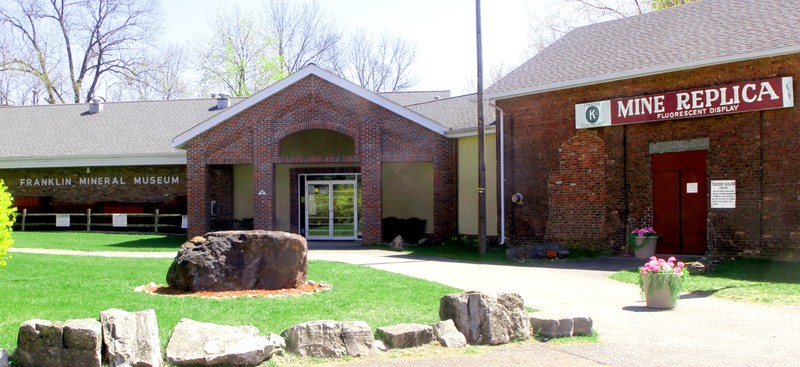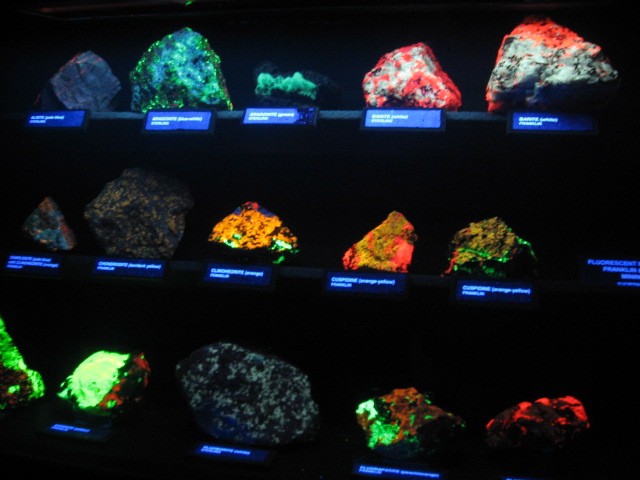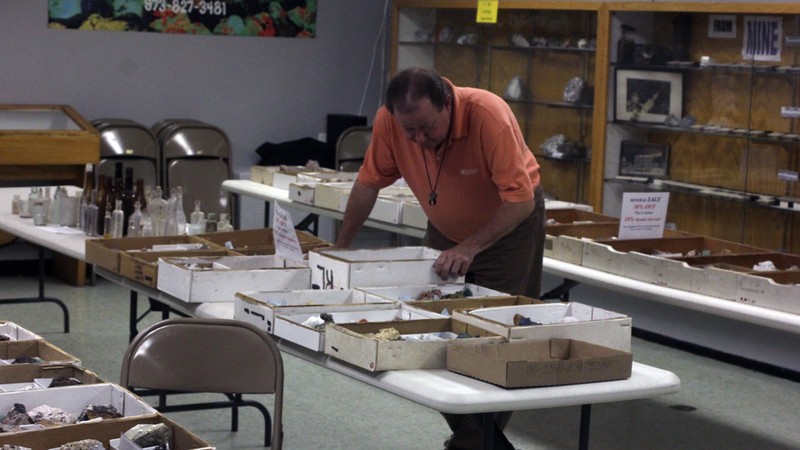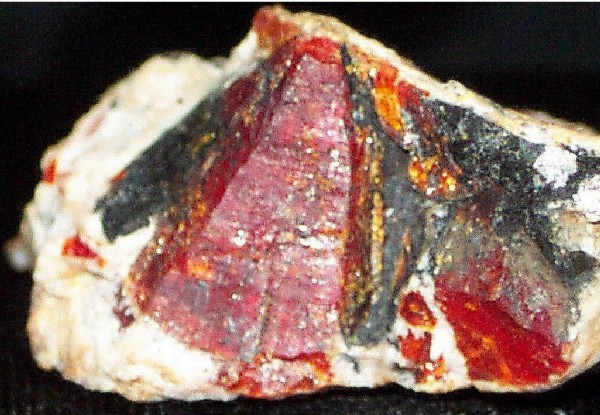Franklin Mineral Museum
Introduction
Text-to-speech Audio
Images
Franklin Mineral Museum Building

Fluorescent Minerals at the Museum

Minerals for Sale

Zincite crystal

Backstory and Context
Text-to-speech Audio
History of the Franklin Mineral Museum
The Franklin Mineral Museum was first incorporated in 1964, though its history as the active and famous Franklin Mine dates back to 1898. During its first decades in operation, the mine was known as the Franklin Furnace, and it gained a favorable reputation for its iron, zinc, and manganese deposits. In fact, the State of New Jersey passed a resolution in 1968 that called the Borough of Franklin the “Fluorescent Mineral Capital of the World,” and the museum continues to receive thousands of visitors every year.
Countless scientists, doctors, and engineers have stated that the Franklin Mineral Museum stood as a major inspiration to their careers. Throughout the years, the museum has also acquired a significant collection of Native American cultural artifacts and stone tools as well as fossils.1
Exhibits and Collection
Visitors and mineral-enthusiasts from all over the world come to the Franklin Mineral Museum for its extensive mineral display. Because the mines contributed to the discovery of 361 different mineral species over the years, the exhibits and collection receives continual acclaim for its role in modern mineralogy and geology.
In the local room, over 4,000 mineral specimens are on display, while the fluorescent room contains a revered display that features the world’s most colorful fluorescent minerals. Other popular exhibits in the museum include its life-size mine replica that showcases mining methods, the Jensen Annex galleries with Native American artifacts and fossils, and the Welsh room, which contains 6,307 artifacts.
Additionally, during tours of the museum, visitors can collect their own minerals at one of the three collecting areas. Within the 3.5-acre Buckwheat dump, researchers are still discovering new and interesting minerals.2
